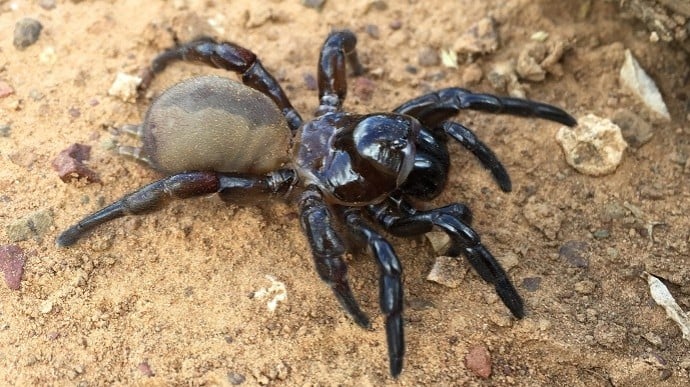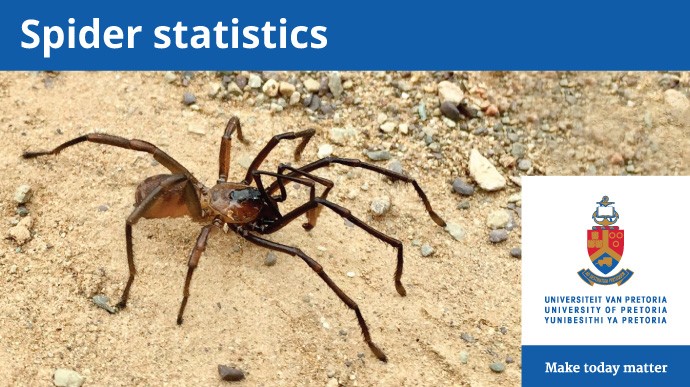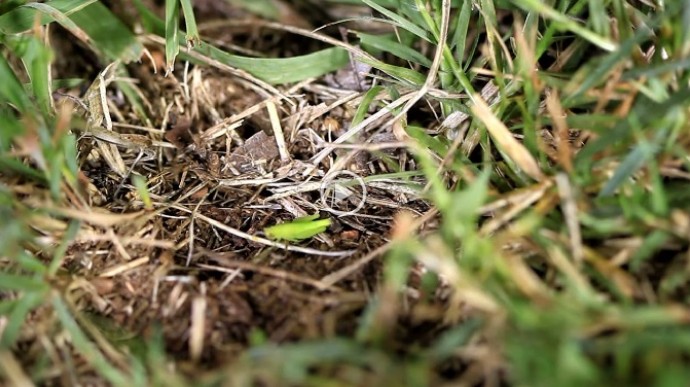Warmer weather makes feeding time much easier, and more effective, for honeybees, according to Professor Sue Nicolson of the University of Pretoria (UP) and colleagues from Chinese universities, who made this discovery after analysing high-speed videos. The results were published in the Journal of Experimental Biology.
Nectar contained in warmer flowers becomes more fluid or, in technical terms, less viscous. It is therefore easier to drink. Bees are able to flick their tongues in and out of the sweet, warm liquid at an extremely fast pace. “By looking at the dynamics of a bee’s tongue, we were able to provide a mechanistic explanation of why bees prefer warmer nectar,” explains Prof Nicolson, a senior research fellow at UP’s Centre for the Advancement of Scholarship and an expert on how bird and insect pollinators feed.
Prof Nicolson’s collaborators were researchers who specialise in aeronautics and mechanical engineering from Sun Yat-Sen University, China University of Geosciences and Tsinghua University. They are Lianhui Shi, Prof Yunqiang Yang, Prof Jianing Wu, Prof Shaoze Yan and Prof Zhigang Wu.
The research team found that bees that select flowers with warm, and therefore less viscous, nectars can dip their hairy tongues in and out of the nectar at a much faster rate. This allows the insects to take in more of the energy-rich liquid in a shorter space of time.
So how much faster is faster, in bee terms? Honeybees were fed artificial nectars of varying temperatures and concentrations. With the help of images taken with a high-speed camera, the research team noticed that bees dipped into the warmest and most dilute solution – one at 40°C that contained a 25% concentration of sucrose – 1.57 times more often than they could into a cooler solution of 20°C with a much syrupier 45% sugar concentration.
“Bees that drank warmer nectar could take up 125% more fluid and 15% more energy than those consuming cooler nectar,” says Prof Nicolson. She says the same principle is at play when one tries to squeeze honey from a bottle on cold mornings, and a few seconds in the microwave usually helps.
Essentially, the study found that the viscosity of nectar is inversely proportional to its temperature, and viscosity is the key factor. In a follow-up experiment, the viscosity of different sugar solutions was kept constant by adding a substance called Tylose. Bees then dipped nectar at a constant frequency of 4.7 times per second.
The honeybee is arguably the most important pollinator worldwide, and its mouthparts and drinking strategies have been studied extensively. “This dynamic is something that you will most probably also see occurring in other bee species that have similar mouthparts to the Western honeybee that we studied,” says Prof Nicolson. “This study broadens our understanding of how honeybees adapt to foraging constraints, and what role their tongues play in their ability to do so.”
Prof Sue Nicolson
June 9, 2021

 Story
Story
Nine new trapdoor spider species have been discovered in the Great Karoo by researchers at the University of Pretoria’s (UP) Department of Zoology and Entomology, and the Agricultural Research Council (ARC).
 Infographic
Infographic
Trapdoor spiders hide in underground burrows that are covered with a cork-like lid made of soil, silk and plants. Learn more about trapdoor spiders with this infographic.
 Video
Video
Watch carefully to see how a trapdoor spider catches its prey through its trapdoor.
Copyright © University of Pretoria 2024. All rights reserved.
Get Social With Us
Download the UP Mobile App